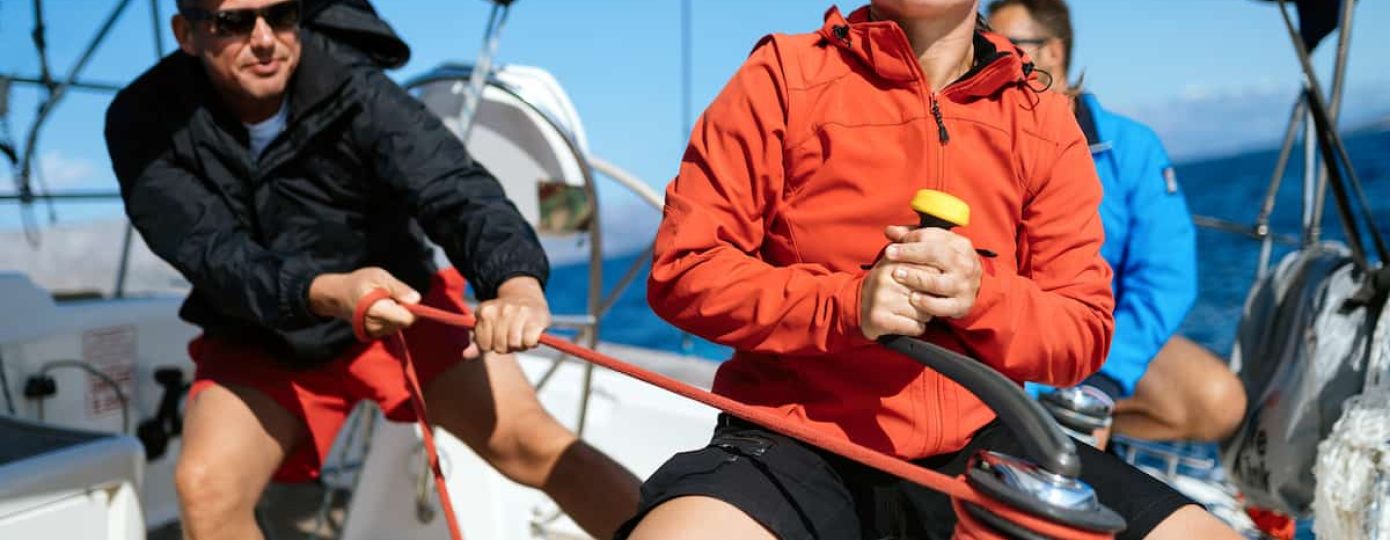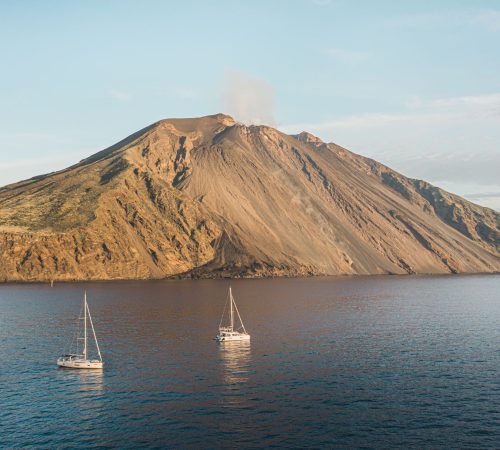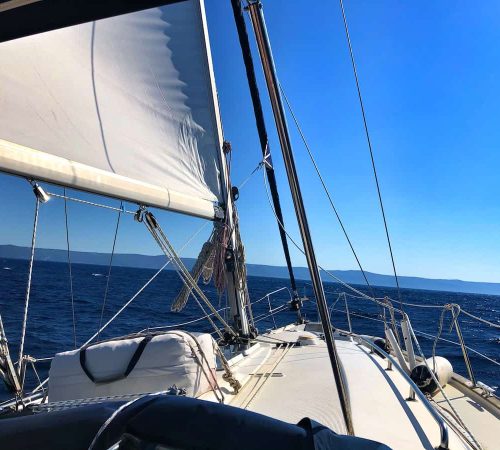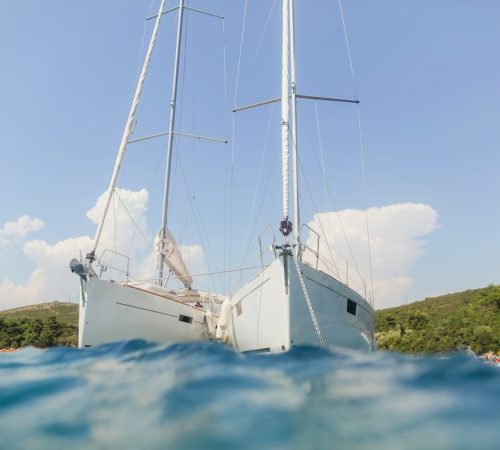Marine, river and lake vessels equipped with masts and sails generally do not require additional means of propulsion to advance and be maneuvered. To their sail needed to move, however, anadditional propeller is sometimes found coupled.
If you have sailed in the Aeolian Islands, or if you have relied on a Catamaran rental for the Egadi Islands, you will surely have seen this element on many boats present.
The bow thruster offers a whole range of advantages in certain navigation situations and, in the following article, we will show them all, one by one.
What does a bow thruster look like and where is it located?
In appearance it is not unlike that of a common propeller with blades and motor installed in the stern.
Mounted at the front (ie the bow), this propeller is referred to as a “bow thruster”, “bow propeller”, or simply an external bow thruster.
It is usually placed inside a tunnel that crosses the boat from side to side along the width of the boat. This point, to be more detailed and precise, is located below the so-called “live work“, that is, the waterline.
Most of the time, therefore, it is not directly visible to the eye.
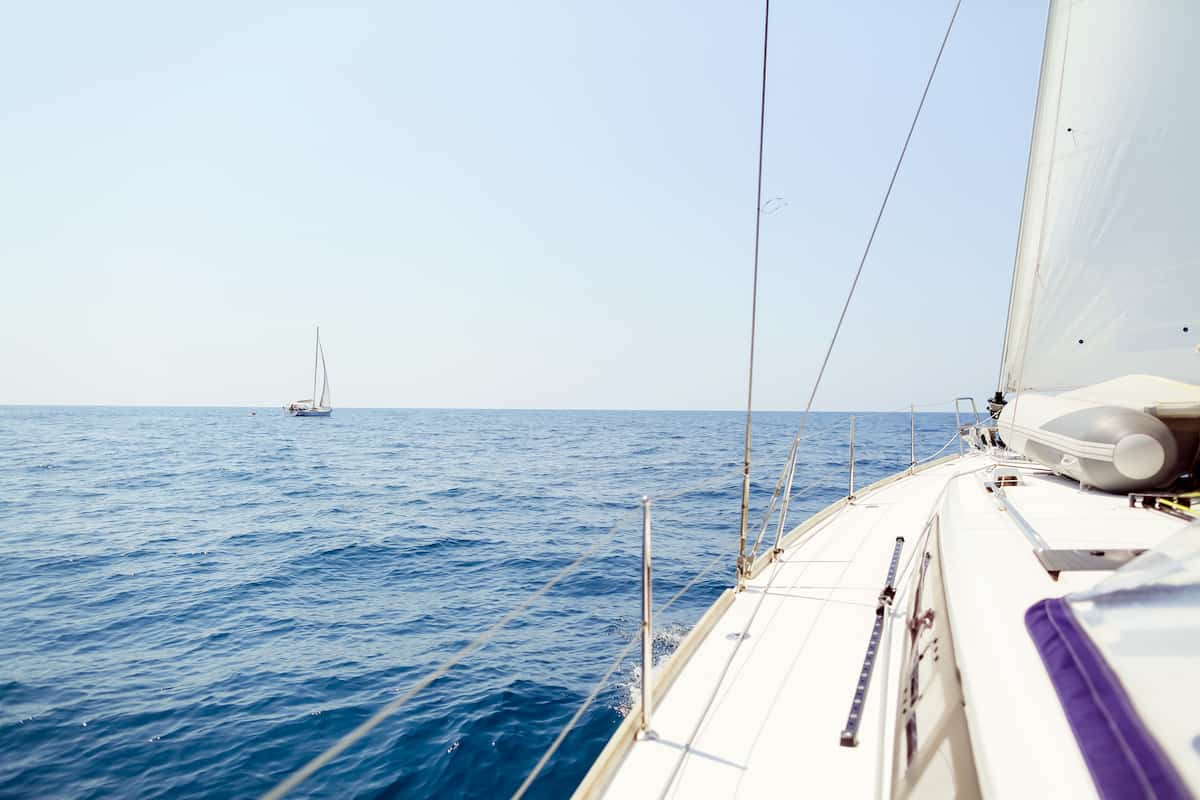
The main functions of the bow thruster
This propeller, also known as the “external bow thruster“, is used to make movements where it is not so much power that counts as precision.
This usefulness definitely distinguishes it from the stern propeller of motor boats.
The different types of propeller
The propellers are mainly divided into two large classes:
- Propulsion propellers
- Maneuvering thrusters
The former push the boats forward or drag backwards (suitably reversing the direction of rotation of the blades), while the latter type of propellers allows for lateral or circular movements.
The use of a bow thruster is so widely used in modern sailing boats, because it facilitates all those maneuvers necessary in port areas, such as:
- accurately position the vessel
- approach a side shoulder
- facilitate difficult docking
- straighten a bow into the wind
Thrusters: some potential downsides
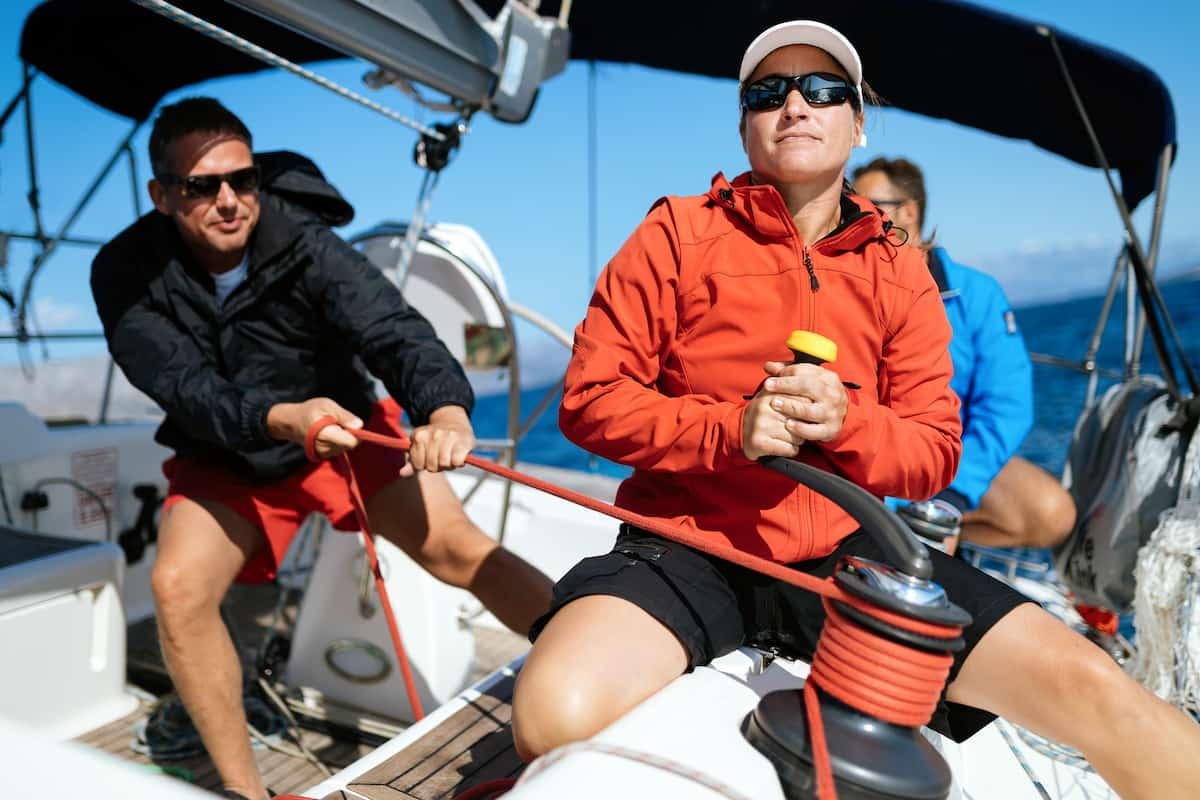
Speaking of external bow thruster, we have seen the advantages of having one on your boat.
However, knowing also the cons is essential to carefully evaluate whether to insert it or not. An important aspect to consider and evaluate with extreme precision is, for example, the additional mass.
How much weight a bow thruster adds to the boat.
Each element mounted on a boat, in addition to the standard equipment, ends up adding mass, therefore, an additional weight to it.
Since the dimensions of a propeller to be positioned at the bow vary according to the size of the boat, this burden may vary from a few tens of kilos up to about a hundred.
Not to mention the accessory elements essential for its use and operation such as, for example:
- the motor operated electrically
- the batteries
- the anchor pins
- any ballast necessary to rebalance the weight distribution on board
By adding mass, of course, the performance of a boat is “limited”, and this is why you must always carefully weigh the relationship between costs and benefits in installing an additional propeller in the bow of your boat.
